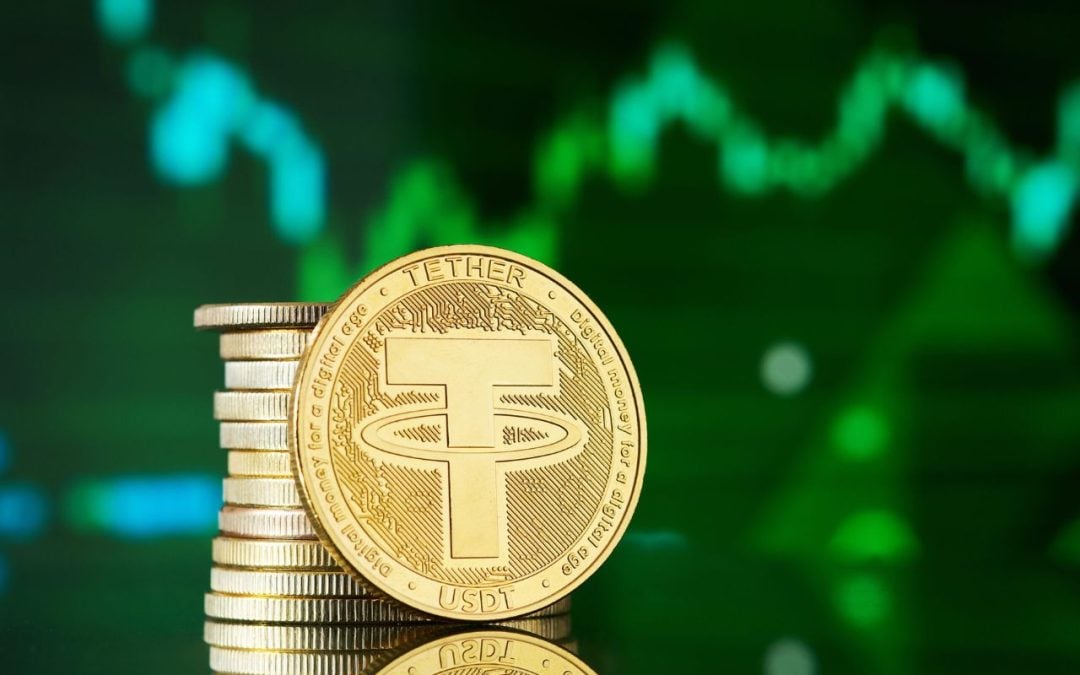Tether, the powerhouse behind the world’s most traded stablecoin, USDT, just unveiled a $1 billion operating profit for Q1 2025 yet cracks in its armour are sparking global debate.
Despite holding $5.6 billion in excess reserves, the figure marks its lowest cushion since mid-2024. On the other hand, regulators worldwide are sounding alarms about the risks of dollar-pegged giants dominating finance. Here’s how Tether is steering through turbulence.
Tether’s Profit Dips
Tether secured $1 billion in operating profit last quarter, fuelled largely by its $120 billion stash of U.S. Treasuries. However, this pales against Q4 2024’s $6 billion windfall, which rode Bitcoin and gold surges. Traditional investments now anchor its earnings as crypto volatility starts to go down.
Assets climbed to $149.3 billion, overshadowing liabilities of $143.7 billion, mostly from issued tokens. Yet excess reserves slid to $5.6 billion, down from $7.1 billion in late 2024. Critics highlight this as reserves hit a near-year low, but Tether insists its liquidity buffers remain robust.
Can $5.6 Billion Shield USDT’s Peg?
Nearly 66% of Tether’s reserves, $98.5 billion in direct Treasury bills and $23 billion via repurchase agreements, back its dollar peg. Gold and Bitcoin, valued at $7.7 billion, cushion against market swings but face regulatory scepticism.
The $5.6 billion surplus, while shrinking, still exceeds liabilities. “Our reserves prioritise stability,” Tether asserts, noting USDT’s supply swelled by $7 billion last quarter. Meanwhile, active wallets jumped 46 million, signalling trust despite rising scrutiny.
Why Tether Is Betting on AI and Green Energy
Tether isn’t just hoarding cash; it’s deploying capital aggressively. Over $2 billion poured into renewable energy, AI, and data infrastructure through its investment arm. This diversification aims to future-proof revenue as regulators clamp down.
Bitcoin holdings dipped to $7.7 billion amid market slumps, reflecting cautious trimming. Still, CEO Paolo Ardoino says a $20 billion equity safety net claims adaptability against regulatory headwinds.
Also read: How Kraken Exposed North Korean Hacker Posing as Job Applicant
Stablecoins Threaten Financial Stability
The European Union and Bank of Italy recently warned that stablecoin meltdowns could ripple across global markets. Furthermore, U.S. proposals like the STABLE Act threaten to force Tether to ditch riskier assets like Bitcoin.
El Salvador’s oversight, Tether’s new regulatory home, adds credibility but tests compliance. The firm is also courting a Big Four auditor to address transparency gaps, a move critical after its 2021 $41 million CFTC fine for misleading reserves.
Should The User Be Sceptical?
USDT’s circulation soared to $143.6 billion, and its 87% market share with USDC shows dollar dominance. The U.S. Treasury predicts a $2 trillion stablecoin boom by 2028, but JPMorgan analysts question Tether’s compliance readiness.
While 46 million new wallets suggest adoption, profit drops hint at vulnerability. “Tether’s Treasury reliance is a double-edged sword,” one analyst notes. “Stability today could mean stagnation tomorrow.”
The Future of Tether and Money
Tether’s pursuit of a full audit could silence critics, yet past missteps linger. Regulatory tsunamis loom, but Ardoino remains bullish: “We’re built to adapt.”
As the stablecoin war intensifies, Tether balances aggressive expansion with fortress reserves. Whether it evolves into a regulated titan or buckles under pressure will shape crypto’s future and perhaps global finance itself.
Disclaimer: This content does not have journalistic/editorial involvement of Trade Brains Team. Readers are encouraged to conduct their own research before making any decisions.




